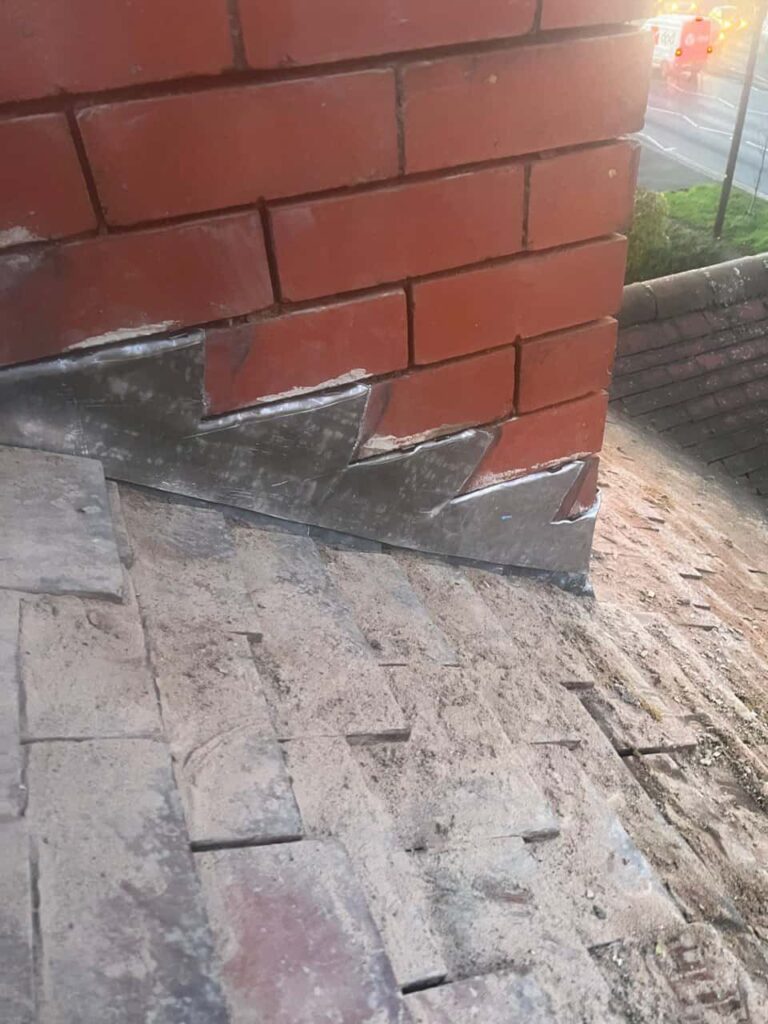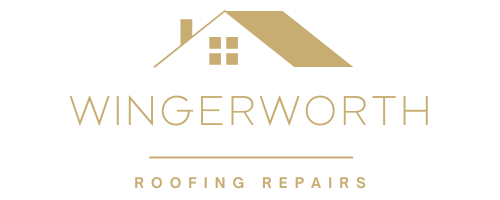When choosing the right roof for your home, understanding the differences between hip, gable and pitched designs is essential. Each has distinct characteristics that affect both the appearance and performance of your property. At Wingerworth Roofing Repairs, we’ve worked with all these roof types across Wingerworth, Nottinghamshire, helping homeowners select and maintain the most suitable design for their property’s structure and surroundings.
Understanding the Basics
Before exploring each roof type in detail, it’s useful to define what these terms mean:
- Pitched Roof – A broad term that describes any roof with a sloping surface designed to shed water efficiently.
- Gable Roof – A pitched roof with two sloping sides that meet at a ridge, creating a triangular wall at each end.
- Hip Roof – A roof that slopes on all sides, converging at a ridge or single peak without any vertical gable ends.
Each design serves a different purpose and offers unique benefits depending on the property’s style, location, and exposure to weather.
Gable Roofs – Practical and Timeless
Gable roofs are among the most recognisable and practical styles found in British homes. Their triangular shape and simple two-sided design make them highly effective at dealing with rain, snow, and general weather conditions.
Advantages of Gable Roofs:
- Excellent water drainage due to steep slopes
- Creates ample loft or attic space
- Offers good ventilation opportunities
- Simple and cost-effective to maintain
Things to Watch For:
The vertical gable ends are more exposed to strong winds, which can lead to pressure on tiles and mortar joints. At Wingerworth Roofing Repairs, we frequently reinforce gable ends and ridge lines in homes across Wingerworth, Nottinghamshire, to prevent wind-related issues and maintain long-term durability.
Hip Roofs – Strong and Streamlined
Hip roofs are easily identified by their four sloping sides that meet at a ridge or single apex. Because there are no flat gable ends, the structure is more aerodynamic and can better resist wind uplift.
Advantages of Hip Roofs:
- Excellent wind resistance, ideal for exposed areas
- Balanced and symmetrical appearance
- Reduced risk of tile displacement
- Enhanced stability for long-term durability
Considerations:
Although hip roofs are slightly more complex to build and maintain, their strength and elegant finish make them a preferred option for many homeowners. Regular inspections of the ridge and hip tiles will ensure the roof remains well-sealed and secure.
Pitched Roofs – Versatile and Efficient
A pitched roof is any sloped roofing system, which can include gable, hip, mono-pitched, or dormer variations. The slope ensures efficient drainage, making pitched roofs ideal for the UK’s wet climate.
Advantages of Pitched Roofs:
- Excellent protection against rain and snow accumulation
- Wide design flexibility for both traditional and modern homes
- Allows for effective insulation and ventilation
- Proven long lifespan with proper maintenance
Because of their versatility, pitched roofs can be adapted to different architectural designs and materials, including slate, clay, and concrete tiles. Wingerworth Roofing Repairs often recommends pitched roofing systems for their blend of performance, aesthetics, and longevity.
How These Roofs Differ in Practice
Although hip, gable and pitched roofs may share similar characteristics, there are key distinctions that affect their suitability:
- Shape and Structure: Gable roofs have two sloping sides, hip roofs have four, and “pitched” simply describes the angled style of either.
- Weather Resistance: Hip roofs are the most stable in windy conditions, while gable roofs provide excellent drainage in rainy climates.
- Visual Impact: Gable roofs create a strong architectural profile, whereas hip roofs offer a softer, more balanced appearance.
- Maintenance Needs: All require periodic inspections, but gable ends and ridge joints tend to need the most attention after storms.
Understanding these differences helps homeowners choose a design that complements their property and stands up to the local climate in Wingerworth.
Choosing the Right Roof for Your Home
When considering a new roof or planning repairs, it’s important to evaluate the structure, exposure, and desired look of your home. For example, homes in open areas of Nottinghamshire may benefit from the strength of a hip roof, while traditional properties may better suit the classic appeal of a gable design. A pitched roof, on the other hand, provides flexibility for extensions, loft conversions, or mixed roofing systems.
At Wingerworth Roofing Repairs, our expert team can assess your current roof and advise on the most effective solution to enhance performance and longevity while preserving the aesthetic value of your property.
Conclusion
Hip, gable, and pitched roofs each have their own unique strengths, and understanding the differences allows homeowners to make smarter choices about their roofing system. Whether you’re upgrading, repairing, or maintaining your roof, selecting the right style ensures better durability and year-round protection.
Wingerworth Roofing Repairs delivers professional roofing services throughout Wingerworth, Nottinghamshire, helping homeowners maintain secure, weather-resistant, and visually appealing roofs that stand the test of time.
Call us on: 01246 956 395
Click here to find out more about Wingerworth Roofing Repairs
Click here to complete our contact form and see how we can help with your roofing needs.

